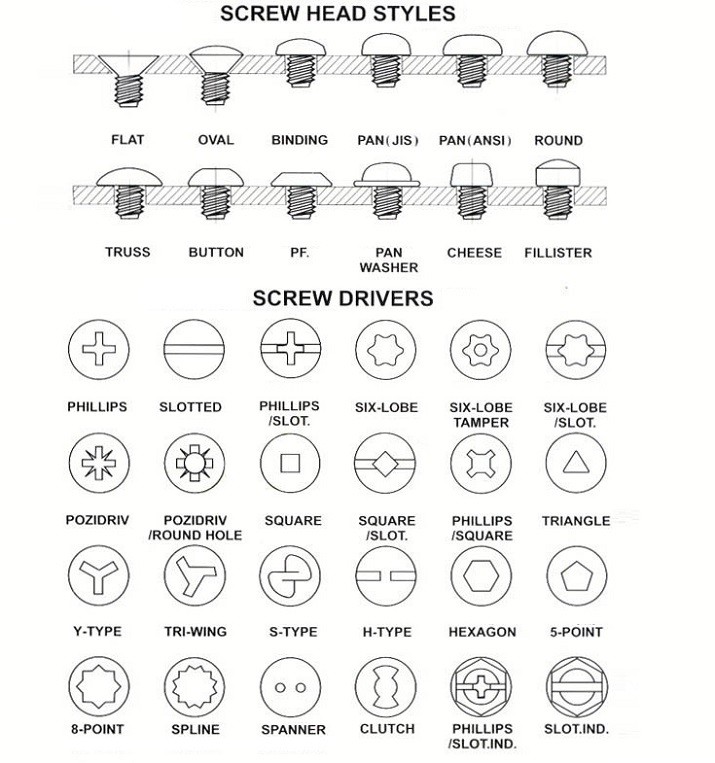Now I want to see a 'how it's made'.
Cool Guides
Rules for Posting Guides on Our Community
1. Defining a Guide Guides are comprehensive reference materials, how-tos, or comparison tables. A guide must be well-organized both in content and layout. Information should be easily accessible without unnecessary navigation. Guides can include flowcharts, step-by-step instructions, or visual references that compare different elements side by side.
2. Infographic Guidelines Infographics are permitted if they are educational and informative. They should aim to convey complex information visually and clearly. However, infographics that primarily serve as visual essays without structured guidance will be subject to removal.
3. Grey Area Moderators may use discretion when deciding to remove posts. If in doubt, message us or use downvotes for content you find inappropriate.
4. Source Attribution If you know the original source of a guide, share it in the comments to credit the creators.
5. Diverse Content To keep our community engaging, avoid saturating the feed with similar topics. Excessive posts on a single topic may be moderated to maintain diversity.
6. Verify in Comments Always check the comments for additional insights or corrections. Moderators rely on community expertise for accuracy.
Community Guidelines
-
Direct Image Links Only Only direct links to .png, .jpg, and .jpeg image formats are permitted.
-
Educational Infographics Only Infographics must aim to educate and inform with structured content. Purely narrative or non-informative infographics may be removed.
-
Serious Guides Only Nonserious or comedy-based guides will be removed.
-
No Harmful Content Guides promoting dangerous or harmful activities/materials will be removed. This includes content intended to cause harm to others.
By following these rules, we can maintain a diverse and informative community. If you have any questions or concerns, feel free to reach out to the moderators. Thank you for contributing responsibly!
Nice drawing, but how exactly is this a guide?
I would actually love to see explanation of what is best use case for the screws (the first two rows)
You only need Torx screws (six-lobe) The only reason to have a bit set with the rest of the heads is so that you can remove an old fastener and replace it with torx.
Anything in the bottom two rows (other than hex) and you are welcome to curse the ancestry of the person who decided to use that type of fastener.
Wait, cheese? I'll take twenty
Wonder what the usecase for "H-type" would be
As written by others: Anti-tamper and proof of tamper. Not only can you make it harder to open the case, but you can also intentionally use bits for manufacturing that are non-standard(e.g. leave a little bit of the inner or outer part out) and when you get a device back that has a fully used screw you can tell the customer to fuck right off with their claim.
Especially for medical devices that is sometimes done - and tbf,understandable as there are devices that really really shouldn't be opened by anyone who is not manufacturer associated.
For vocalists, if the only tool they have is a tuning fork.
Anti-tamper.
I've seen them used to screw together toilet stalls in public bathrooms. Stops bored crackheads disassembling them.
Give me a bunch of flat phillips/slot and I'll assemble the world
